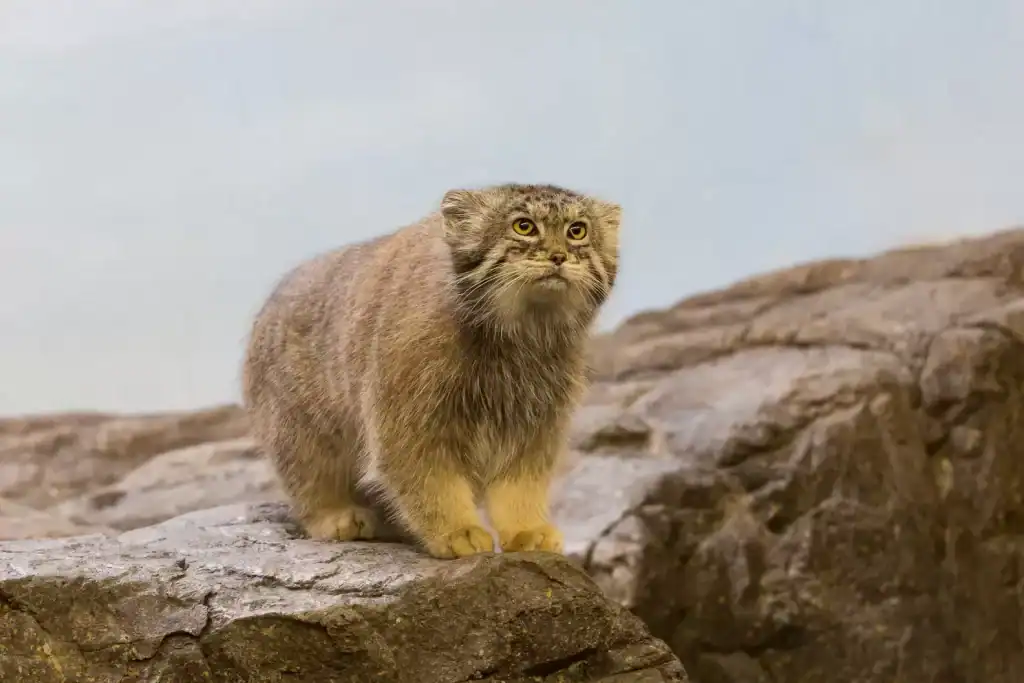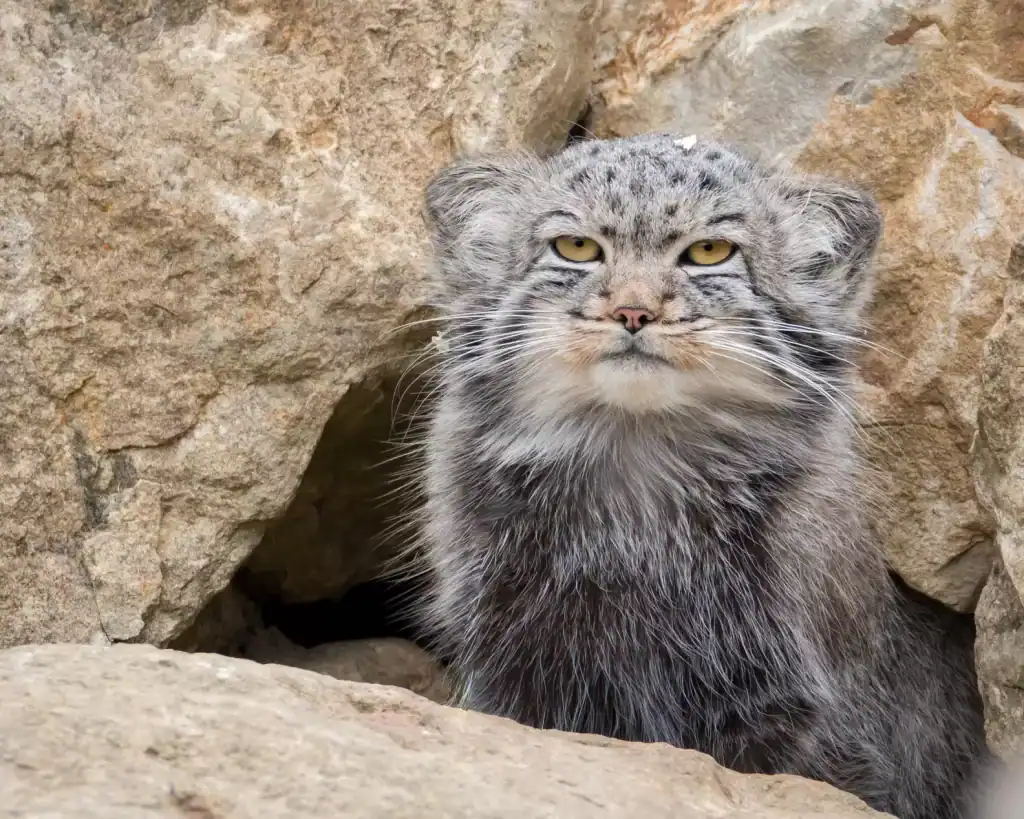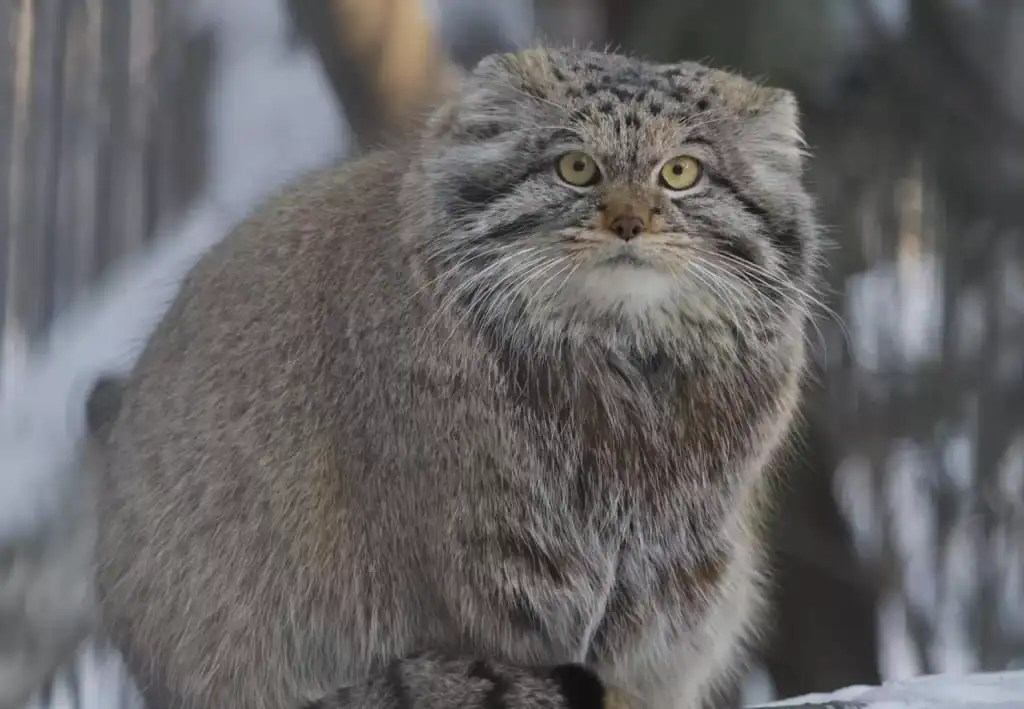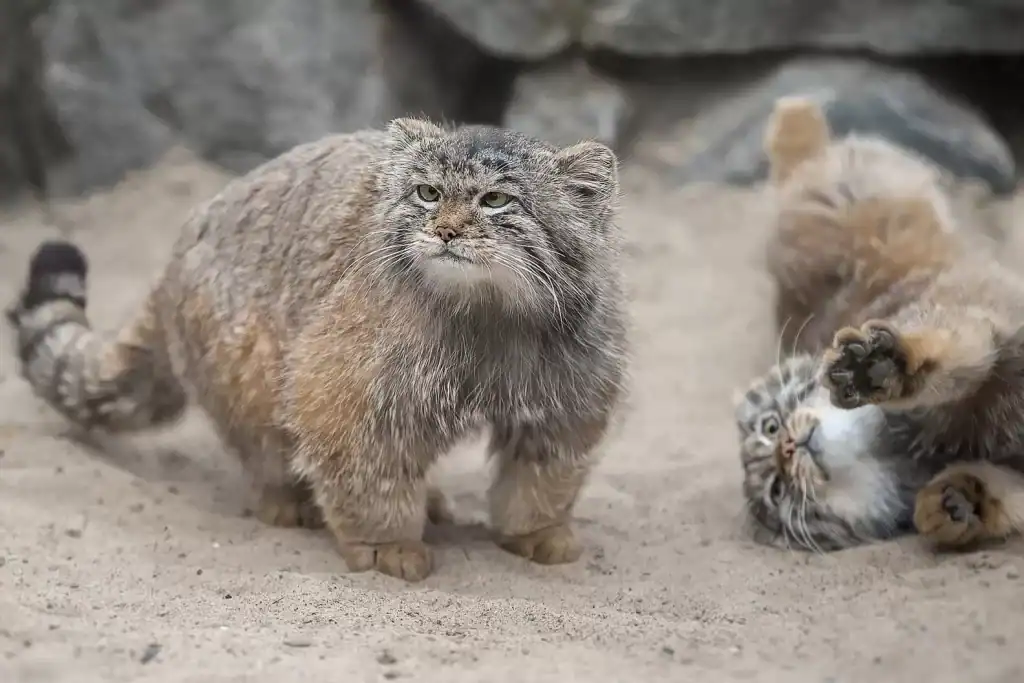When a team of researchers set out to study wildlife on Mount Everest, they expected snow leopards, mountain goats, and maybe a few hardy birds.
What they didn’t expect was to find cats — small, fluffy, and completely wild — living among the frozen peaks.
Hidden Cats of the Himalayas
It sounded impossible at first, but evidence soon proved otherwise.
Deep in the harsh terrain of the world’s highest mountain, scientists found tracks and genetic material belonging to one of the most elusive feline species on Earth: the Pallas’s cat.

These cats, often called manuls, had managed to stay hidden from human eyes for centuries.
Their discovery on Everest’s Southern Flank is not only a surprise — it’s a small miracle.
For researchers, it’s a breakthrough. For the rest of us, it’s a story that feels almost magical.

The Fluffy Survivors of the Cold
At first glance, a Pallas’s cat looks like a house cat bundled up in the warmest winter coat imaginable. But looks can be deceiving.
Beneath that dense, silvery fur is a fierce little predator perfectly adapted to the thin air and icy slopes of the Himalayas.
Their bodies are compact and low to the ground, with short legs that make them look rounder than they are.
Their thick coats trap heat and protect them from the cold, while their expressive faces and wide eyes give them an almost cartoon-like charm.

Unlike domestic cats, Pallas’s cats aren’t meant for cuddles.
They’re solitary and wild, spending most of their time slipping between boulders or waiting patiently to ambush prey. Their fluff might make them look soft, but their instincts are sharp.
On Mount Everest, where few animals can survive, these tiny hunters thrive quietly, hidden from view.
Protecting the Cats at the Top of the World
For scientists, finding Pallas’s cats on Everest was like discovering a hidden treasure chest.
The news thrilled conservationists across the globe — proof that even in one of the harshest places on Earth, life finds a way. Dr. Tracie Seimon from the Wildlife Conservation Society called it “a phenomenal moment for conservation,” and researchers are already planning more studies to learn how many of these cats call Everest home.

The hope is that by studying their habits and habitats, future generations will have a chance to protect them from threats like habitat loss and climate change.
Every small discovery, every pawprint found in the snow, is a reminder that nature still holds surprises beyond imagination.

And while these rare cats are not meant to be pets, their images — those round faces framed by clouds of fur — have brought joy to millions.
It’s comforting to think that somewhere above the clouds, near the roof of the world, a few chubby little cats are living freely, untouched and unseen, just being themselves.
